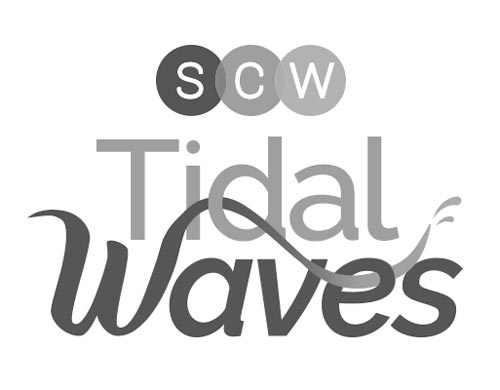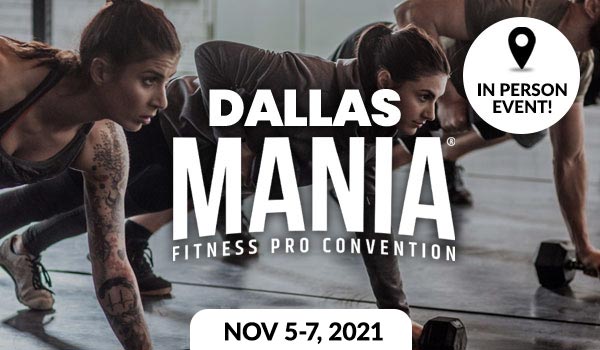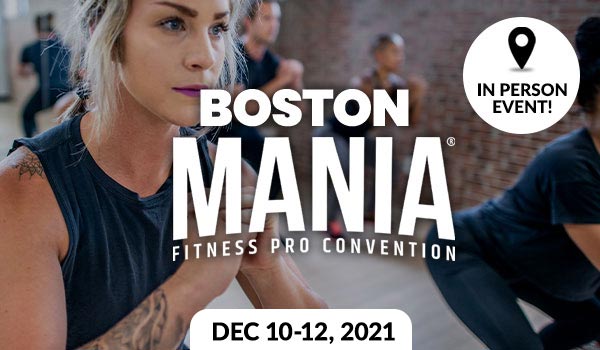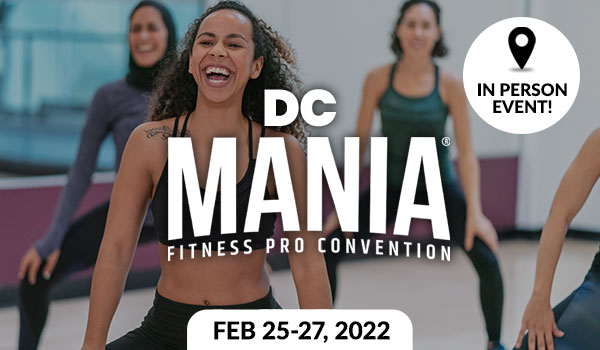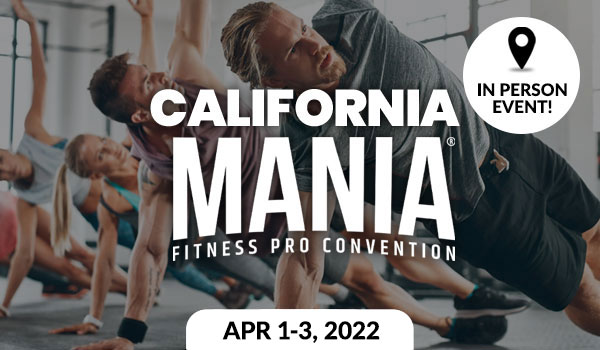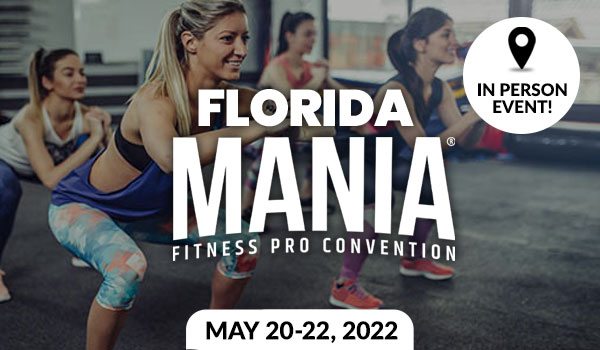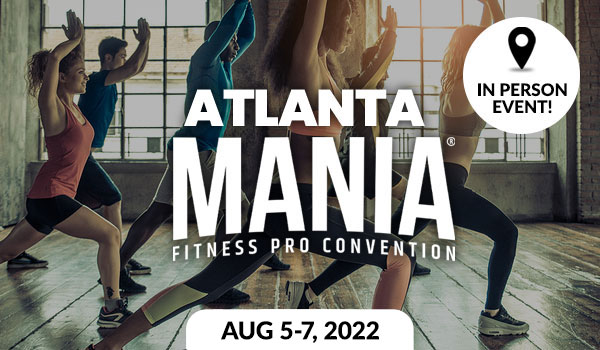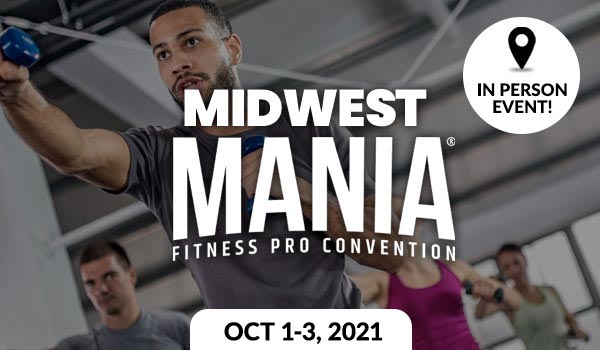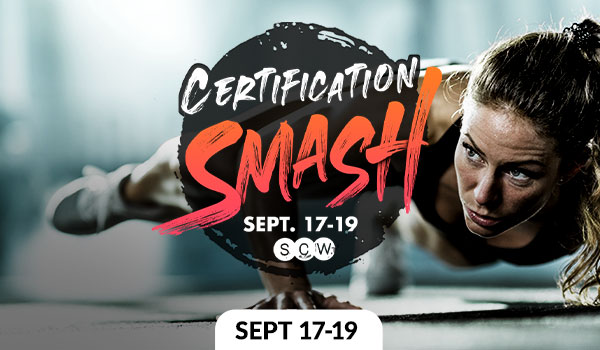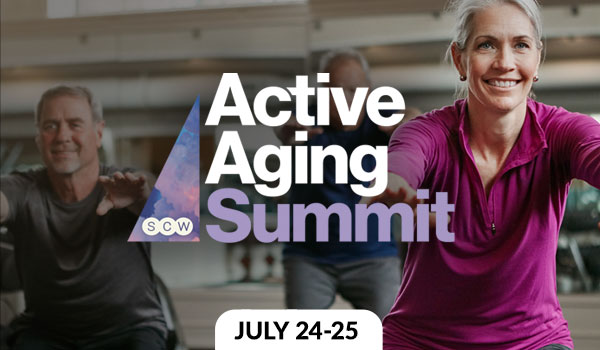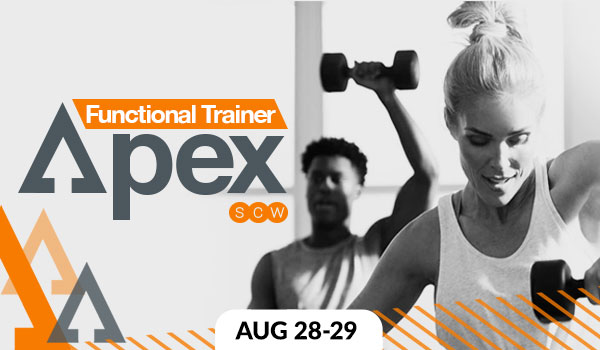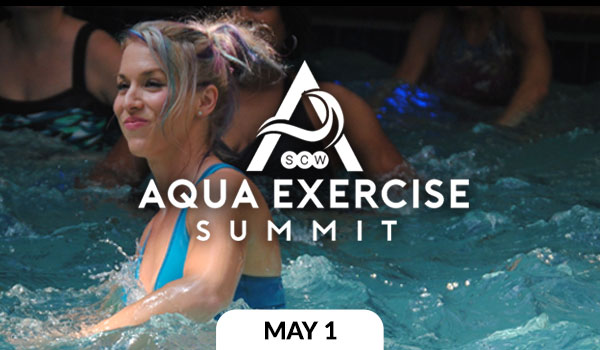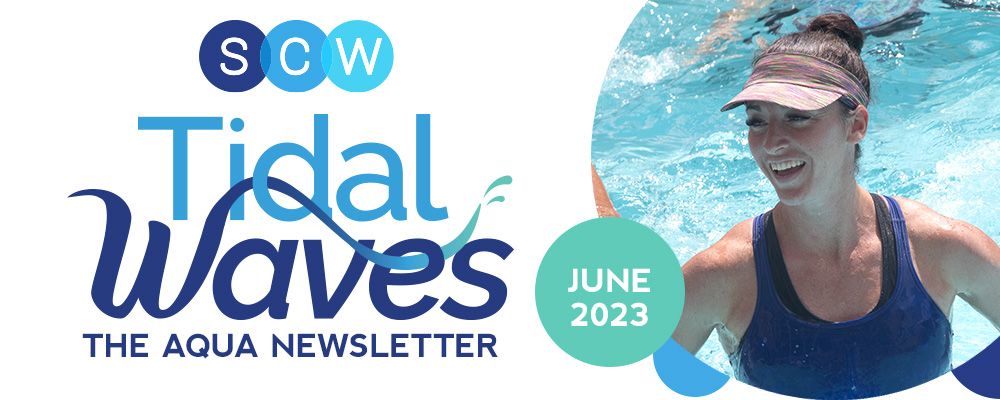
Best Practices for Managing
Risk Around Water
By John Reecer
Since 1995, Wesley King, the owner and founder of Wesley King Consulting, has trained over 3,000 lifeguards and provided valuable advice to countless aquatics facilities. When it comes to managing risk around the water, King said there are two areas every community rec center should focus on.
“First, it’s the human experience,” said King. “Two, it’s what they’re experiencing. For the past couple of years, the consumer hasn’t experienced the world in a normal setting. Understanding the individual and what their process is when using your facility is crucial. Think of different types of people and walk through their process. That does get daunting, but on a larger scale understand with your data and check-in system for who is using your property.”
This level of attention to detail is also seen at the David Posnack JCC where Julie Sevilla, the aquatics director, said she emphasizes with her lifeguards on constantly watching and keeping track of who is in the pool area.
“There are only two particular areas to come in and out of,” said Sevilla. “We cater to a lot of seniors here, so we need to be sure they make it down the steps. Kids have to be told not to run across the pool deck. We also instituted at the end of the summer all staff have to wear ID badges, and all members and non-members must have some form of ID on them or ID badges.”
For Sevilla and King, these measures are worth guaranteeing the safety of visitors — especially considering there are over 4,000 drowning deaths in the U.S. each year, according to the Centers for Disease Control and Prevention.
Intense observation of your facilities can certainly help improve risk management practices. However, King said it’s best to first eliminate tasks before adding to your checklist.
“A lot of people get caught up in preventing what I call the Three I’s — injury, illness and incidents,” said King. “I really look at that checklist and I don’t let that be the main thing. We have to follow through and ask the simple things. It sounds facetious, but people get stuck on checklists. If all I’m doing is just checking off a box after I complete a task, I will never actually understand how to do the work. Critical thinking is missing when we solely rely on a checklist.”
While problem solving skills are important, different types of checklists still help management keep tasks and protocols in order.
Sevilla said she’s very old school and has a large binder full of policies and action plans across different departments. For procedures pertaining to aquatics, she regularly tests her team.
“It’s a how-to and step-by-step chain of command, and we always practice, practice and practice,” said Sevilla. “I’m constantly communicating with our lifeguards through different avenues like WhatsApp Messenger. It’s free and it’s the easiest place for our group to communicate.”
One reason why Sevilla’s team practices so often is they are required to have monthly in-service trainings through the insurance company they use in the state of Florida. The trainings are done through the JCC’s American Red Cross certification.
“Most of my staff is in high school and they have a lot of engagements so I try and do training all at once,” said Sevilla. “Enforce the procedures among staff and visitors and educate them. In the end, you always want to cover the liability of the facility. Stick to your guns and preach it. I get the majority of our lifeguarding equipment primarily through The Lifeguard Store to help cover liability.”
Having well-trained and well-supplied lifeguards to help manage risk around water is also a top priority at the Mittleman JCC.
The aquatics area is full of fun offerings that must be managed. These include a six-lane lap pool, a warm water pool, swim lessons and an inflatable obstacle course for the main pool. Jennie Condon, the aquatics program manager and head swim coach, said one successful strategy they have is after COVID-19, they instituted 15-minute pool closures about every two hours to give lifeguards a break for assorted tasks that would take their attention away from the water.
“Like everyone in aquatics, we have struggled to recruit staff, and this allows us to keep our operations safe and our staff energized,” said Condon. “I think the key to safety is having a well-trained team among whom communication is prized and who know any given person, regardless of position, can always make a safety call.”
Condon said the rescue equipment is mostly supplied through Marine Rescue Products. However, they use a local company called The Pool and Spa House for operations and maintenance issues.
“Through our relationship with The Pool and Spa House, their techs have taught us many of the basic to intermediate fixes, and we keep spare parts on hand for a lot of the things that tend to give out more often,” said Condon. “If it’s not something we can fix ourselves, we call either our maintenance team or our Pool and Spa House techs. My staff are empowered to make the decisions they need to — even at times where I might have done things differently — to keep everyone safe. They also know if anyone complains, I will back them up.”
To create that level of successful team chemistry, it all comes back to King’s advice on paying attention to the human experience. And that starts at the head of every aquatics department with the aquatics director.
“We must continue to support aquatics departments,” said King. “Buy those directors lunch. They probably feel alone. If you are an executive reading this article, I can promise you as a 30-year veteran, they feel alone. You have to make the adjustment and support them. They are the ones in the weeds doing the hard work.”
3 Ways to Show Up for
Your LGBTQ+ Members
by The Kyle’s
Pride Month, which is annually held in June worldwide, is a month devoted to the honor of the Stonewall Uprising and the support of the LGBTQ+ community. During the month many companies and organizations across the nation celebrate the importance of creating a welcoming environment for their LGBTQ+ customers through specialized products, events, fundraisers, and messages.
With Pride Month just around the corner, you may wonder how you can create a welcoming environment for the LGBTQ+ community. While the celebration is held in June, the real commitment to creating a welcoming environment takes dedication year-round.
Here’s how we did it at Kyle House Fitness, where we, Kyle House and Kyle Miller (the Kyles), made it our mission to build a fitness center that welcomes the LGBTQ+ community.
It takes dedication that extends past one month a year to create a lasting connection, but you can do it. Here’s how.
Money talks
Financial support is one of the number one ways gyms, and other organizations can show their commitment. Charitable giving is one of the easiest places to start, especially if you are a business looking for a way to get started in building a brand that is inclusive to the LGBTQ+ community. 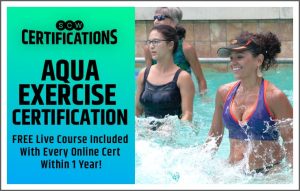
While you can always donate directly, the best way to make your efforts seen more widely is to create charity workouts that are donation based.
The easiest way to do this is to create a class in the Mindbody platform that your customers can sign up for. (Here’s how to set it up.)
Promote this class via email and social media, but you can also reach out to the organization you’re supporting directly and form a longer partnership with them. Most of these organizations will provide marketing materials and help promote the charity event you are hosting.
If you don’t have organizations locally in your town you can reach out and support national organizations like The Trevor Project or the Human Rights Campaign.
Stay visible
Being LGBTQ+ individuals, we have the advantage of keeping the community front and center. But not being a part of the community doesn’t mean you can’t keep your commitment as an ally visible year-round.
Keeping your commitment visible throughout the year doesn’t mean you have to specifically or explicitly say you support the community, but you can feature LGBTQ+ members and facility staff to increase visibility into who calls your gym home.
Customer testimonials, staff promotions, and inclusive photos can go a long way. These are subtle ways to display inclusiveness. Another way is flying a flag. Many gyms feature flags in their decor, if you’re a gym that hangs flags, consider including others like the intersectional social justice pride flag to help visibly show your commitment.
Set the tone
Sponsorships and promotional efforts are an awesome way to start, but ensuring that your fitness community is inclusive takes time. It’s really a culmination of tiny efforts that help build an environment where everyone feels welcome.
We love fitness and health, but sometimes gyms can be intimidating. When people walk in the door, they are looking for one thing, help. LGBTQ+ members of the community are searching for a place to work out and get healthy without fear that they may be judged or treated differently.
Your staff is instrumental in making members feel welcome, so be sure to set a tone of inclusivity with them.
When looking for fitness talent to help build your brand it’s important to teach them, from day one, that your facility is a place that is a welcoming environment. At KHF, it’s not just part of our values, it’s something that customers and peers rate our staff on.
Because we’ve built this into our evaluation system, we have been able to make it clear that it is an important part of our staff’s success and it serves as a constant reminder of inclusivity as one of our core values.
These three tips are just the start of your commitment to showing up for the LGBTQ+ community, and essential to supporting them in their wellness journeys.
Get Out of the Heat &
Into the Pool at Atlanta MANIA®
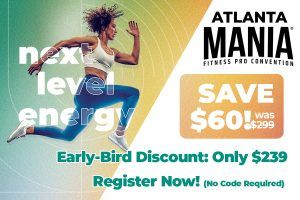 Whether you are “changing tides” or “making turbulence” join us from July 21-23 for three power-packed days of aqua education and interaction. Immerse yourself in 15 wet and wild sessions, gain hours of pure splashing, and unlock invaluable insights on the latest tidal trends. Get registered today and save $60 or join in the fun as Support Staff for only $119 (was $179).
Whether you are “changing tides” or “making turbulence” join us from July 21-23 for three power-packed days of aqua education and interaction. Immerse yourself in 15 wet and wild sessions, gain hours of pure splashing, and unlock invaluable insights on the latest tidal trends. Get registered today and save $60 or join in the fun as Support Staff for only $119 (was $179).
From Planning to Performance
by Melissa Plumeau, BS
Close your eyes and think about the best water fitness class you ever attended. Maybe it was the catalyst that launched you onto the path towards teaching. Maybe it was one that inspired you to push past your own perceived expectations and when you left the pool, you felt like you were capable of anything.
A great class experience is one in which you know exactly what is expected of you. The transitions are smooth, and the time moves quickly. The instructor is prepared and confident and the energy of the class is one that is almost tangible. What you experienced in the pool is the end result of planning and preparation on the part of the instructor.
So how can you create this same experience? Whether brand new to teaching, or just looking to improve your skills, diving back into your AEA Aquatic Fitness Professional Manual is a great way to revive your teaching and deliver a “wow” experience to your participants.
Step 1: Identify performance outcome and objectives.
A performance outcome is what you want participants to experience in the workout; also referred to as the class focus. AEA recommendations for program design begin with determining the format. Are you designing a HIIT class, or one that focuses on aerobic endurance and strength? Are you teaching an arthritis format, or one to active older adults? Each class format has a different expected outcome, and more than likely, a different demographic. Designing a class specific to a population or specific condition, ensures that not only will participants feel successful, but that you will be comfortable and confident in your presentation. Other considerations include the depth of the water, the water temperature and even the type of equipment. 
Create performance objectives that reflect the desired outcome of the class design.
How will you determine if participants are successful? A performance objective is both measurable and observable. Are your participants able to follow your directions? Do participants demonstrate proper technique? Do not be afraid to define what that technique looks like. When you know what you are looking for, your cues will blossom. Can your participants accurately define and discuss a high intensity interval? Create a clear connection to the workout and a specific why behind the what.
As an example, Tabata intervals are a popular option to push participants to their peak performance. Introduce the movement pattern or interval set including the work to rest ratio, what movements will be used, and how participants should feel during and after. Your set up may look like this:
- Basic description: In this four-minute set we will perform a high intensity Tabata interval.
- How: We will repeat eight cycles of 20 seconds all-out effort followed by ten seconds of passive recovery.
- What: We will use two moves today contrasting speed and power, a white water run followed by a power jack. You will have ten seconds to get into the move, and twenty seconds to max out your effort.
- How should you feel: In each 20-second segment, you should feel as if you are working at your top end of your effort and cannot sustain it longer than 20 seconds. Rate of perceived exertion should be between 8-9, maybe even a 10. This should be uncomfortable and non-conversational.
As the instructor, you will know your participants are successful when you see the following:
- Participants are following along easily.
- Visible distinction between work to recovery ratios.
- Participants are not chatting. Watch for facial changes that indicate they have achieved the desired working target range.
Performance outcomes and objectives will help to keep you focused and provide balance and structure to your class. As we move into choreography and programming considerations, use your performance outcomes and objectives to guide you in selection of exercises as well as work to rest ratios.
Step 2: Planning
Once you know what you want your class to achieve and who you will be teaching to, you can select the appropriate exercises and design the components to pull it all together. In this phase, begin by determining the style of choreography you will be teaching. AEA defines choreography as “the arrangement or written notation of a series of movements”. So, while the concept may seem a bit intimidating at first glance, recognize that by simply jotting down what you plan to do is creating choreography.
As a refresher, let’s take a moment to reexamine choreography styles. Chapter 10 in your seventh edition AEA Manual provides a more extensive description of each style as well as the practical applications (pages 195-197).
TYPE OF CHOREOGRAPHY | DESCRIPTION | EXAMPLE |
Freestyle | Movements are thoughts in a linear fashion with no predictable pattern. Planning is required to ensure participants receive a balanced and effective workout with seamless transitions. | 16 Jumping Jack 8 Mogul 16 Tuck Jump |
Pyramid | The number of repetitions in a combination is either decreased or increased in a predictable pattern | 16-12-10-8-6-4-6-8-10-12-16 |
Add-On (Sometime called memory or building block method) | Patterns are built through repetition and positive reinforcement | A A-B-C A-B-C-D |
Patterned or Pure Repetition | In this style, participants learn the pattern in its final form and learn by repeating the pattern over several sets. | This type of choreography may be taught to a specific song and may include variations to increase difficulty as participants demonstrate technical competency. |
Layer Technique | After the initial pattern is taught and as competency is demonstrated, the moves may be swapped out with new moves or layers may be introduced that offer variations in tempo and direction | Set 1 8 Mogul Set 2 8 Mogul Ski Set 3 16 Jumping Jack – change level of impact 8 Mogul |
You now have your purpose and your presentation style. It is time to add your class components including the warm-up, conditioning, cool-down and stretching. Exercise selection and interval ratios should be determined here. Part III of your AEA Manual, Instruction and Programming, discusses both shallow and deep-water base moves and various types of transitions. When selecting moves, consider the level of difficulty involved, ways to add variations, and how to apply the physical laws and properties of water.
Also, consider the class population as well as the purpose of the workout. Pay close attention to the progressions as well as regressions. Most classes have a diverse population, from more experienced exercisers to those just starting out. Anticipate how you can increase or decrease the difficulty of the class to reach all participants and provide an experience that is inviting and challenging at just the right time. There is a fine line between challenging and too difficult. Participants typically enjoy being challenged but may not come back if they feel it was too difficult (they could not perform the activity).
On the flip side, you need to be meeting the needs of the new exerciser and creating regressions that assist with successful performance. Dave Duro, CEO of the Treasure Valley YMCA, once said in a leadership meeting that everyone who walks through those doors wants to do their best. Recognizing this as a subjective experience, ensure every participant is given the opportunity to excel.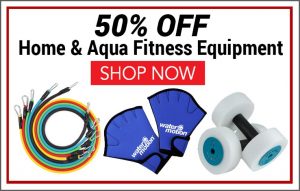
Select your teaching cues and coaching points. Remember the set-up we used for the Tabata interval? What do you want your participants to be able to do or feel? Select one or two key points to emphasize as you set up the exercise. Too much information can be overwhelming, and you may lose your participants along the way. Using a concept called “attentional focus”, you can direct your participants’ attention.
Your teaching cues should be short and catchy. “Armpits to hips” tells your participants to pull their shoulders down and creates an internal focus (what is happening in their body). Cues such as “Push the floor away” or “Push the water over the pool deck” provide an external focus that allow participants to direct their attention to the result of their movement. The key to good cueing is consistency and clarity. This will allow your participants to connect to your vocabulary as well as understand what you want from them. Your AEA manual (pages 183-188) discusses types of cues and recognition of learning styles.
Equipment and music considerations, class layout, etc. are also considered in this phase. You may create your class design based on a particular song (I have done that before) or even the amount of equipment you want to use. The possibilities are endless.
Step 3: Practice
In this phase of preparation, you try out your class, either on yourself, with another instructor, or perhaps your coordinator. Ensuring your workout is effective will create more confidence when you step in front of class, You will spend less time with your notes, and more time connecting with your class. Questions to consider in this stage include:
- Flow: Are the transitions seamless? Do the movements work as you expected them to?
- Equipment: Is the equipment easily accessible and is it appropriate for the moves? Consider how long it is immersed during the exercise, movement patterns (e.g., pull versus push), etc.
- Timing: Is it too long? Too short? Are work to rest ratios distributed appropriately to elicit the training response you are trying to create?
Step 4: Performance
You have designed the perfect class. The music is on point and the transitions are seamless. You arrive to class with ample time to set up, greet participants, and troubleshoot any technical glitches. This is where you shine. As an AEA aquatic fitness professional, your demonstrations of movements should be not only clear, but accurate. Maintenance of proper alignment, posture and form will ensure participants have a clear visual image of what you are looking for. Use a microphone where possible so that your participants can hear you as well as see you. Chapter 10 in your AEA Manual, Aquatic Exercise Leadership, provides more detailed explanations of how to deliver the safest, most effective classes with confidence.
While application of exercise science may seem challenging at first, it can be as simple as creating a workout that helps you to learn planes of motion through class design. Jenni Lynn Fitness created a fun, freestyle flow class designed to help instructors solidify their knowledge of the planes of motion by selecting moves specific to each plane and formatting the class in four different blocks. She defines the objective of the class “to help instructors improve their knowledge in the planes of motion and thus achieve better muscle balance in their class routines.” The outcome of this class is that participants will achieve a balanced, full body workout.
Planning your class is not what runs through your head on the way to the pool. A well designed class will resonate with your participants. Not only will they feel successful, but they will see and feel results, and they will keep coming back.
RESOURCES
AEA. 2018. Aquatic Fitness Professional Manual, Seventh Edition. Human Kinetics: Champaign, IL.
Shimon, Jane. 2019. Introduction to Teaching Physical Education. Human Kinetics: Champaign, IL.
 About the Author: Melissa Plumeau
About the Author: Melissa Plumeau
Melissa Plumeau is certified through AEA and ACE and has a BS in K-12 Physical Education. She owns Embody Pilates Yoga & Fitness in Boise, Idaho and teaches at Boise State University. Passionate about creating fitness experiences that are purpose driven and enjoyable, she strives to inspire, empower, and educate all students.
Wild Water at Dallas MANIA®
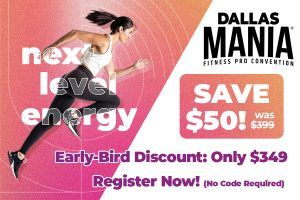 Kick up your heels and rock your horse August 25-27 at the Westin Galleria Dallas with over 500 Fitness Pros for an unforgettable experience of education, inspiration, and rejuvenation. Whether you’re a tadpole or a shark, this 3-day event is tailor-made for you. Connect with your favorite aqua and land presenters, earn all your CECs in one place, explore the Expo, and embrace the vibrant health and wellness community. Get registered today starting at only $159 (was $209.)
Kick up your heels and rock your horse August 25-27 at the Westin Galleria Dallas with over 500 Fitness Pros for an unforgettable experience of education, inspiration, and rejuvenation. Whether you’re a tadpole or a shark, this 3-day event is tailor-made for you. Connect with your favorite aqua and land presenters, earn all your CECs in one place, explore the Expo, and embrace the vibrant health and wellness community. Get registered today starting at only $159 (was $209.)
Looking To Hire? FREE Job Board
In Need of Teachers, Trainers, Directors, or Managers? SCW’s new FREE JOB BOARD is supporting the industry’s need for qualified fitness pros.
Best of all there is NO COST to you. We will post your openings in all three of our monthly e-newsletters: Spotlite, Health & Fitness Business News, and Tidal Waves which are emailed out to tens of thousands of fitness professionals teaching and training in all formats along with managers and directors at all fitness facilities: big box, gyms, boutique, studios, not for profits and independent centers.
We’re always looking for great content highlighting the newest things in the world of aquatic fitness. Please submit your article directly to editor@scwfit.com for immediate consideration!
Give us your feedback on what interests you, and maybe YOU will make it in the SCW Tidal Waves!
Tidal Waves, January 2025
Tidal Waves, November 2024
Tidal Waves, October 2024
Tidal Waves, June 2024
Tidal Waves, May 2024
Tidal Waves, April 2024
Tidal Waves, March 2024
Tidal Waves, February 2024
Tidal Waves, January 2024
Tidal Waves, December 2023
Tidal Waves, November 2023
Tidal Waves, October 2023
Tidal Waves, September 2023
Tidal Waves, August 2023
Tidal Waves, July 2023
Tidal Waves, June 2023
Tidal Waves, May 2023
Tidal Waves, April 2023
Tidal Waves, March 2023
Tidal Waves, January 2023
Tidal Waves, November 2022
Tidal Waves, September 2022
Tidal Waves, July 2022
Tidal Waves, June 2022
Tidal Waves, May 2022
Tidal Waves, April 2022
Tidal Waves, March 2022
Tidal Waves, February 2022
Tidal Waves, January 2022
Tidal Waves, November 2021
Tidal Waves, October 2021
Tidal Waves, August 2021
Tidal Waves, July 2021
Tidal Waves, June 2021
Tidal Waves, May 2021
Tidal Waves, April 2021
Tidal Waves, March 2021
Tidal Waves, January 2021




